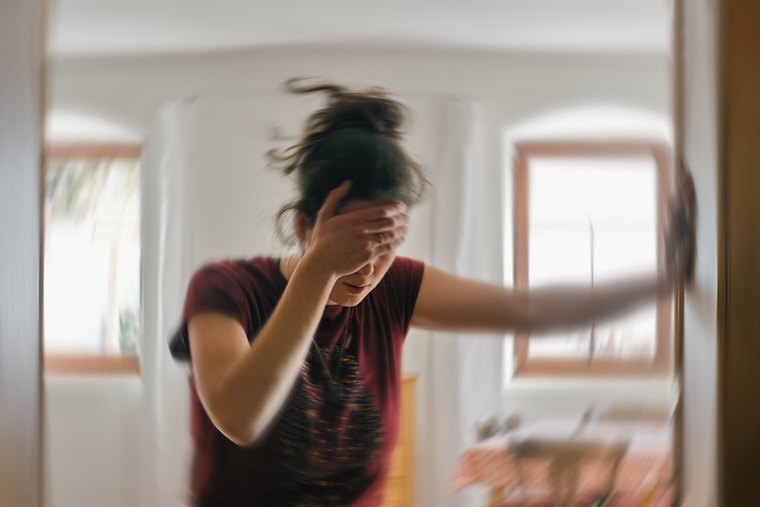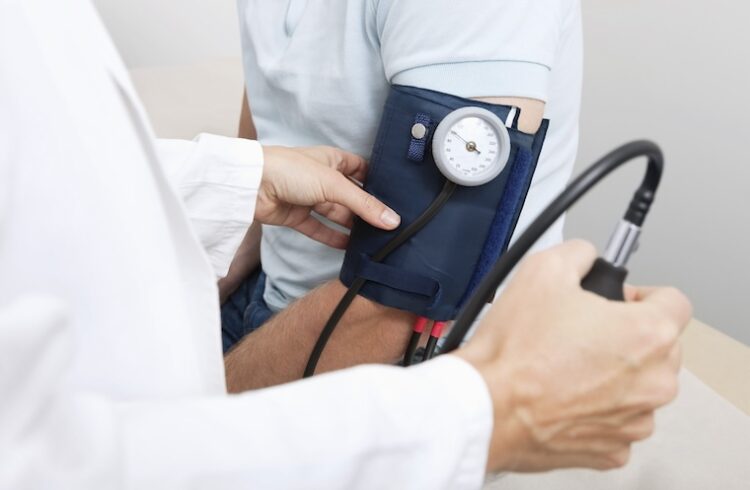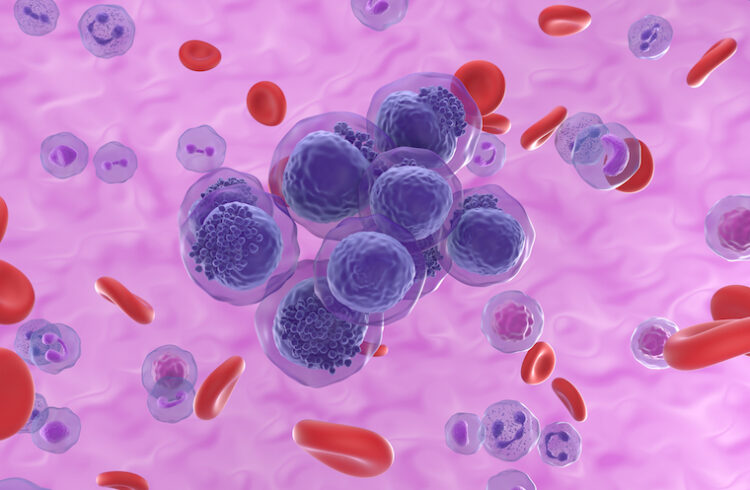
For patients with Postural Orthostatic Tachycardia Syndrome (POTS), changing position causes the heart rate to shoot up, leading to lightheadedness and even fainting. Other symptoms include fatigue, inability to exercise, chest pain, brain fog, trembling and nausea.
Researchers at UVA Health and Virginia Commonwealth University have identified a drug that appears to provide lasting relief for POTS (Postural Orthostatic Tachycardia Syndrome), a condition that causes heart racing associated with dizziness when standing, among other symptoms. The findings also provide insights into the underlying causes of the syndrome, which has attracted growing attention on social media.
The drug, ivabradine, is already used to prevent heart failure from worsening – it slows the heart rate without affecting blood pressure. In an analysis of 10 patients with POTS, the researchers found that the drug reduced their heart racing while significantly improving other symptoms.
The results, the researchers say, indicate that heart racing isn’t just a symptom of POTS but may be a key driver of the disease.
“These data suggest that the inappropriate increase in heart rate is exactly why patients feel sick, and that reducing the heart rate with a medication that does not affect blood pressure can make a difference in the quality of life,” said Antonio Abbate, MD, PhD, a cardiologist at UVA Health and member of the University of Virginia School of Medicine’s Robert M. Berne Cardiovascular Research Center.
“These results may stimulate more research in the mechanism and therapies for POTS. There are, indeed, several treatments that are employed in patients with POTS, but very few, if any, are supported by well-controlled studies. With an increased incidence, awareness and recognition of POTS, it is important to have clinical trials that can inform patient care.”
Understanding POTS
POTS has become a hot topic of conversation on social media, particularly on TikTok, where some patients complain they have had trouble getting a diagnosis. “Patients go doctor to doctor because the primary care may not be familiar or know what to do. The cardiologist thinks it is not a heart problem – and it indeed it is not,” Abbate said. “The neurologist says there is no issue with the brain – and indeed there isn’t. It's really a ‘software’ problem rather than a ‘hardware’ issue.”
In the POTS study, the patients’ average age was 28, with the age range extending from 21 to 36. Eight of the 10 were women. Three of the cases followed a viral illness, with two following a COVID-19 infection. (The number of POTS diagnoses has been increasing since the pandemic; some experts believe the virus may trigger the condition.)
The patients in the study exhibited an excessive increase in their heart rate when standing. This is a hallmark of POTS – changes in position cause the heart rate to shoot up, leading to lightheadedness and even fainting. Other POTS symptoms include fatigue, inability to exercise, chest pain, brain fog, trembling and nausea.
The researchers found that the patients treated with ivabradine had better heart-rate control when standing. Before treatment, the participants’ heart rate jumped by an average of 40 beats per minute (bpm); after treatment, the increase was only 15 bpm. The participants reported improvements in most of their other POTS symptoms as well. The greatest improvement was seen in “feeling faint,” which decreased by 69%, and “chest pain,” which decreased by 66%.
The overall improvement suggests that the heart rate issue is an underlying driver of other POTS symptoms, the UVA researchers believe. While more research is needed, they suspect that standing triggers an excessive release of the hormone norepinephrine, which acts on the heart. The heart’s response then triggers a “loop” responsible for POTS symptoms.
“The mechanisms controlling heart rate with standing appear to be dysfunctional, leading to an excessive increase in heart rate, which is in turn sensed by the brain as a ‘danger’ signal leading to further release of stress hormone, norepinephrine, and to symptoms that resemble anxiety and panic attacks,” Abbate said. “When the heart rate is controlled with ivabradine, the loop is inhibited and patients feel better.”
Notably, the patients had also already been given strategies to address POTS, such as increasing salt and fluid intake and wearing compression garments, from the time they were diagnosed, yet they continued to suffer symptoms. UVA’s study suggests that ivabradine may offer relief for POTS patients struggling to find it elsewhere.
“Once considered to be purely a compensatory mechanism secondary to low blood pressure, the high heart rate may itself be responsible for the symptoms,” Abbate said. “A better understanding on how heart rate is regulated and how it can affect symptoms may lead to better treatments for patients with POTS.”
Findings Published
The researchers have published their findings in the Journal of Cardiovascular Pharmacology. The research team consisted of Michele Marchetta, Rocio I. Lopez, Austin C. Hogwood, Georgia Thomas, Gerardina Abbate, Roshanak Markley, Justin M. Canada and Antonio Abbate.
The research did not receive any external support. Antonio Abbate has served as a consultant for Kiniksa, Monterosa Tx and Novo Nordisk for topics unrelated to this study. Michele Marchetta is a research fellow in the Berne Cardiovascular Research Center. Austin Hogwood was supported by a National Institutes of Health’s National Heart, Lung and Blood Institute, awardT32HL007284 to the Berne Cardiovascular Research Center, and Justin Canada by a career development grant award, K23HL159270.
To keep up with the latest medical research news from UVA, subscribe to the Making of Medicine blog.



